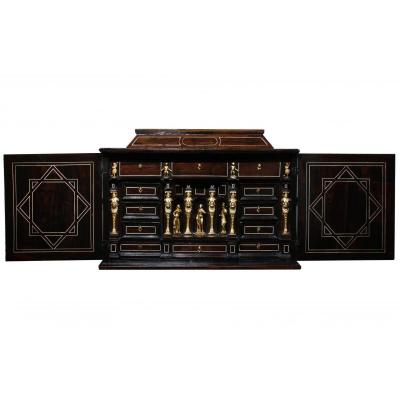True to the traditions of the Renaissance and the taste for concealment, our cabinet has a secret compartment on its top, hidden by a slippery lid.
Dimensions: h. 36 cm, l. 51 cm, p. 31 cm.
Augsburg, early 17th century
Very good condition, lock changed later.
The three goddesses gathered together evoke a mythological scene the Judgment of Paris. Standing and nude, Juno and Venus hand on the chest, call themselves the most beautiful woman in the world. Minerva dressed in a tunic, holds her shield in an attitude of wisdom and calm. The mannerism of the scene is highlighted by the gestures and the position of the three women. In the absence of Paris, it is up to the viewer to make the judgment and choose the most beautiful among them. Equipped with this theatrical representation of the Renaissance, our cabinet evolves from being a depository of precious objects to a narrative and illustrative role, charged with conveying a message or a favorite theme of its owner.
Our cabinet was intended to accommodate a collection of precious objects (jewels, medals, jewels, shells, bronze statuettes). Given the expensive materials used (gilded bronze, ivory, rosewood) and the cabinetmaker's know-how, the cabinet designed as a showcase for works of art becomes a work of art in its own right.
The judgment of Paris
At the wedding of Thetis and Peleus on Mount Pelion where all the gods were gathered, Eris, the Discord, which had been forgotten, threw on the banquet table a golden apple for the most beautiful. Three goddesses thought they were Juno, Minerva and Venus. Jupiter then charged Mercury to lead them to Mount Ida, where Paris, the abandoned son of Priam, King of Troy, and Hecuba, was guarding the flocks, and taking the shepherd, a mere mortal, for referee. Juno promised him power, Minerva the wisdom, and Venus the most beautiful of women, Helen, the wife of Menelaus. Paris chose pleasure, Helen, and then offered the apple to Venus. The kidnapping of Helen by Paris was later the cause of the Trojan War. The other two goddesses will revenge themselves by fighting on the Trojans.
Cabinets in the Renaissance and the Seventeenth Century
The cabinet is part of a complex story because the word "cabinet" covers different realities. The cabinet has its origins in the studiolo that appears in Italy at the end of the fifteenth century: it is a room, a place of withdrawal and work for princes and scholars. Parallel to the creation of these pieces, appears a type of furniture called cabinet, which is at the origin a furniture of travel, provided with numerous drawers, secured by doors and intended to shelter and transport the small objects, the jewels and the important papers of its owner. The closets were also locked, and secret drawers were probably intended to house the most valuable. In the 1560s the rise of archaeological excavations, the progress of science, the interest of the German princely courts for objects that witnessed the evolution of knowledge, made them look for aesthetic and functional furniture. Thus the cabinet becomes an indispensable piece of furniture with the development of cabinets of curiosities, kunstkammers, a sort of private museum in which its owner collects different objects: artificialia (objects created by man, ancient or not), naturalia (specimens of plant and animal world), exotica (plants, animals and exotic objects) and scientifica (scientific instruments). The cabinet will be the support of remarkable creations of specialized craftsmen, often from Augsburg, who by perfecting and using exotic materials design cabinets that are real jewels of cabinet making.





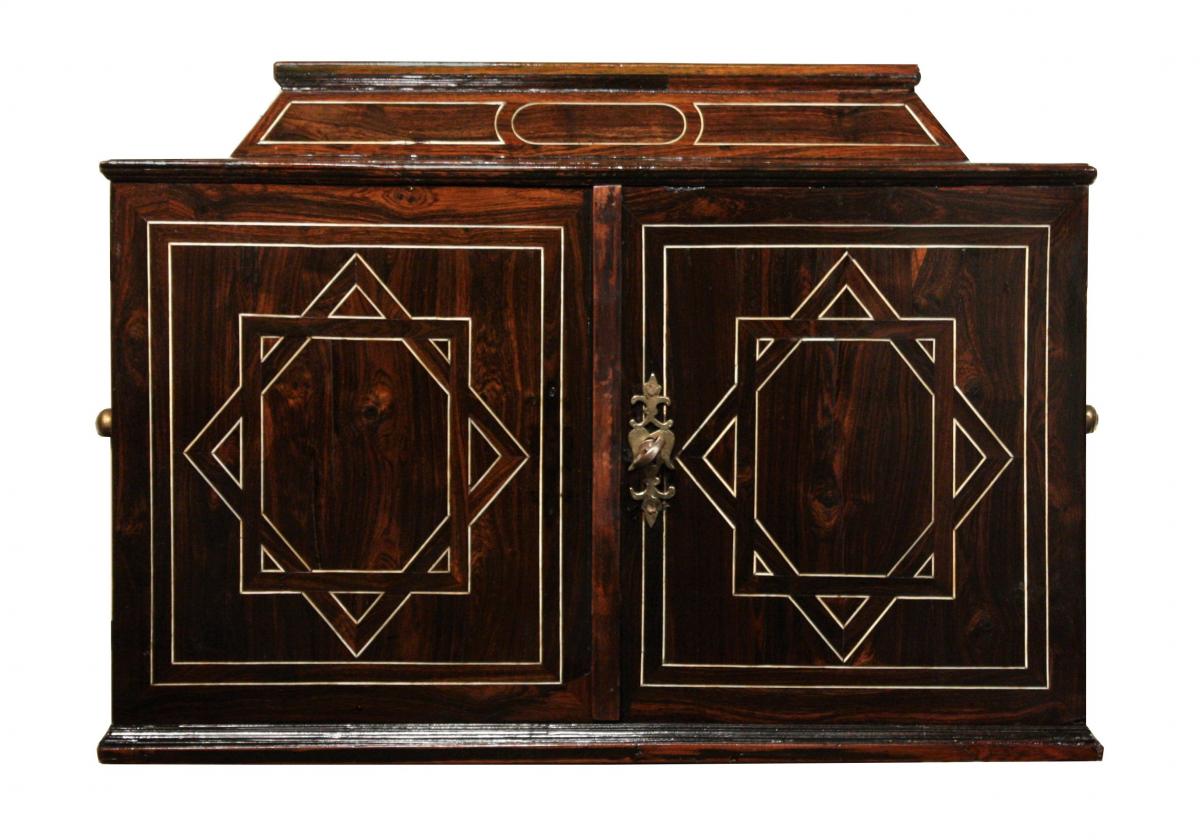
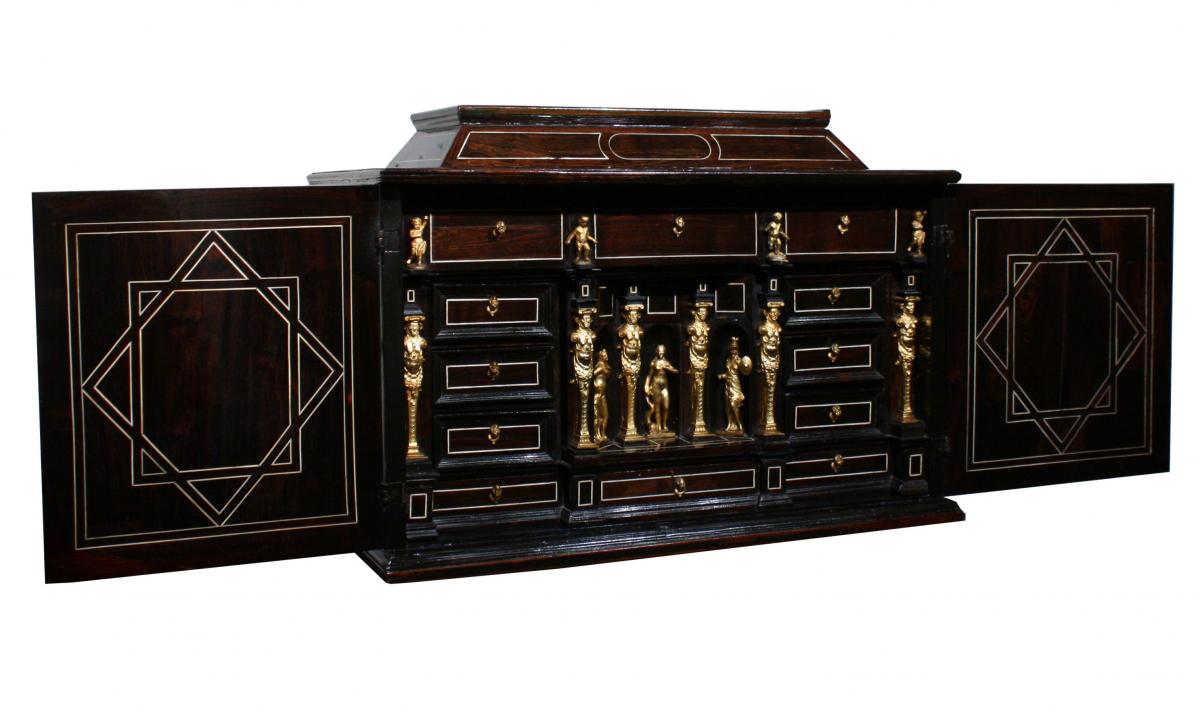
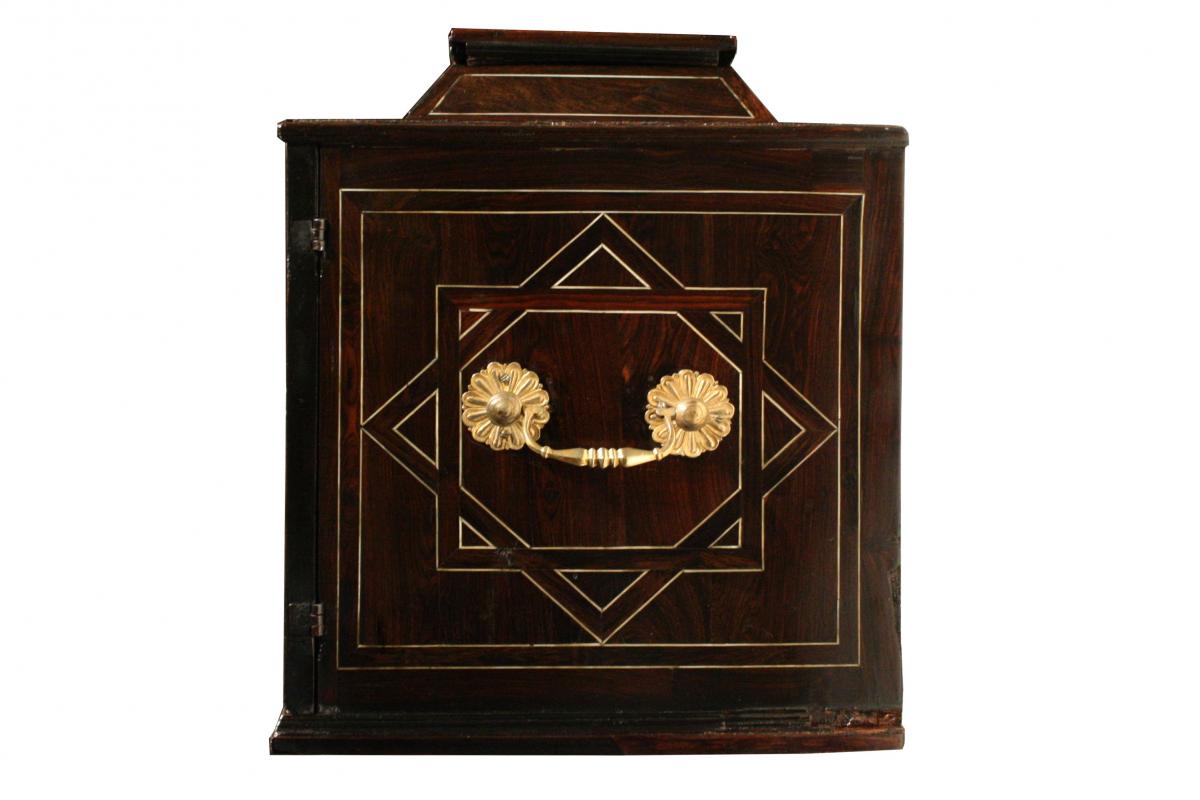
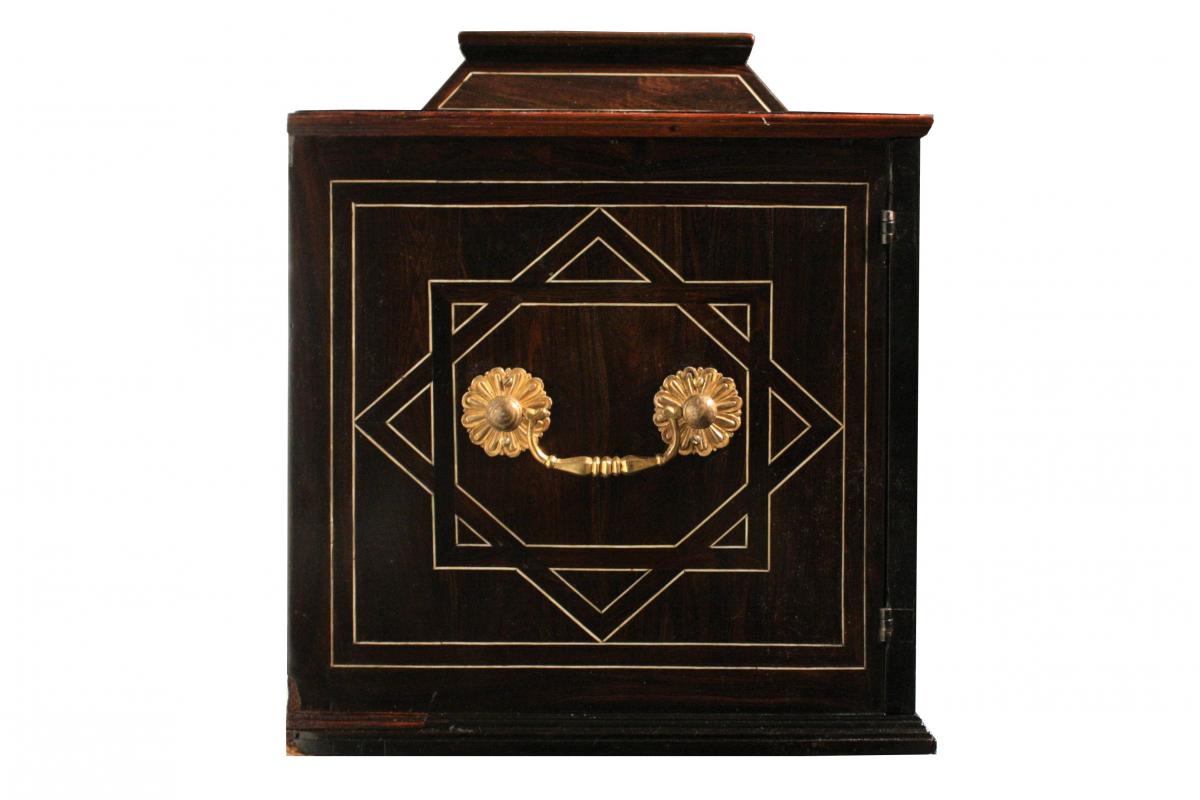
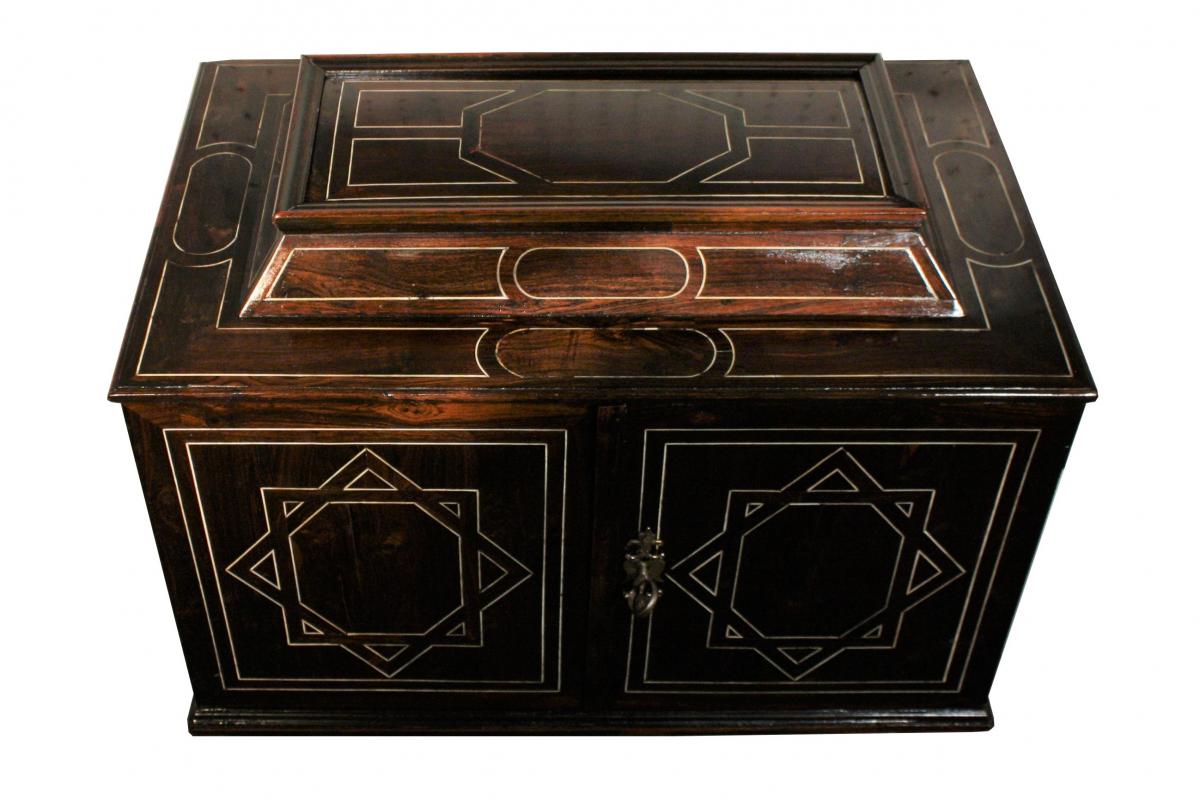
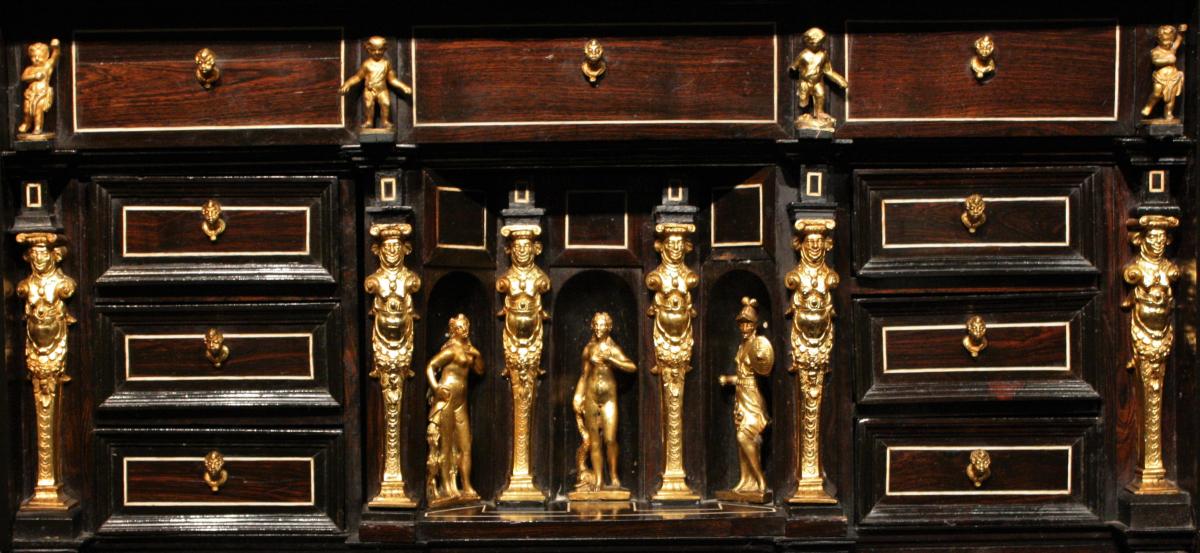

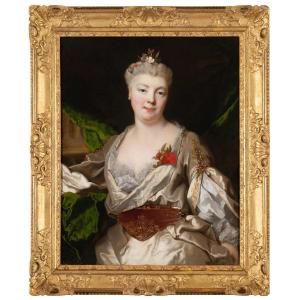





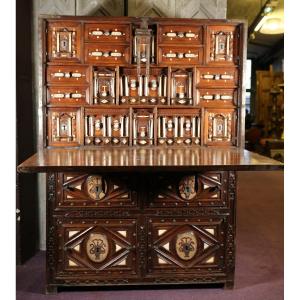








 Le Magazine de PROANTIC
Le Magazine de PROANTIC TRÉSORS Magazine
TRÉSORS Magazine Rivista Artiquariato
Rivista Artiquariato
